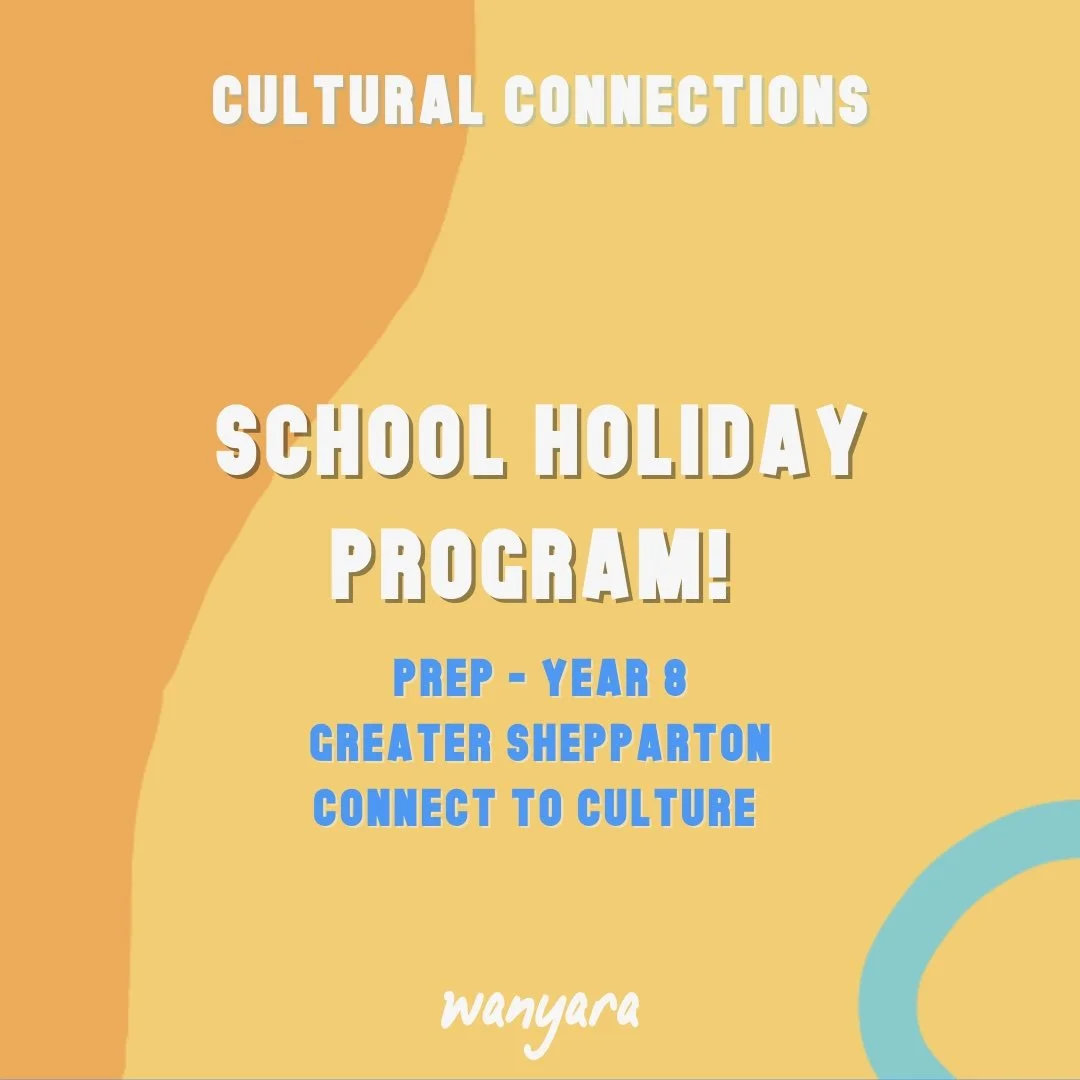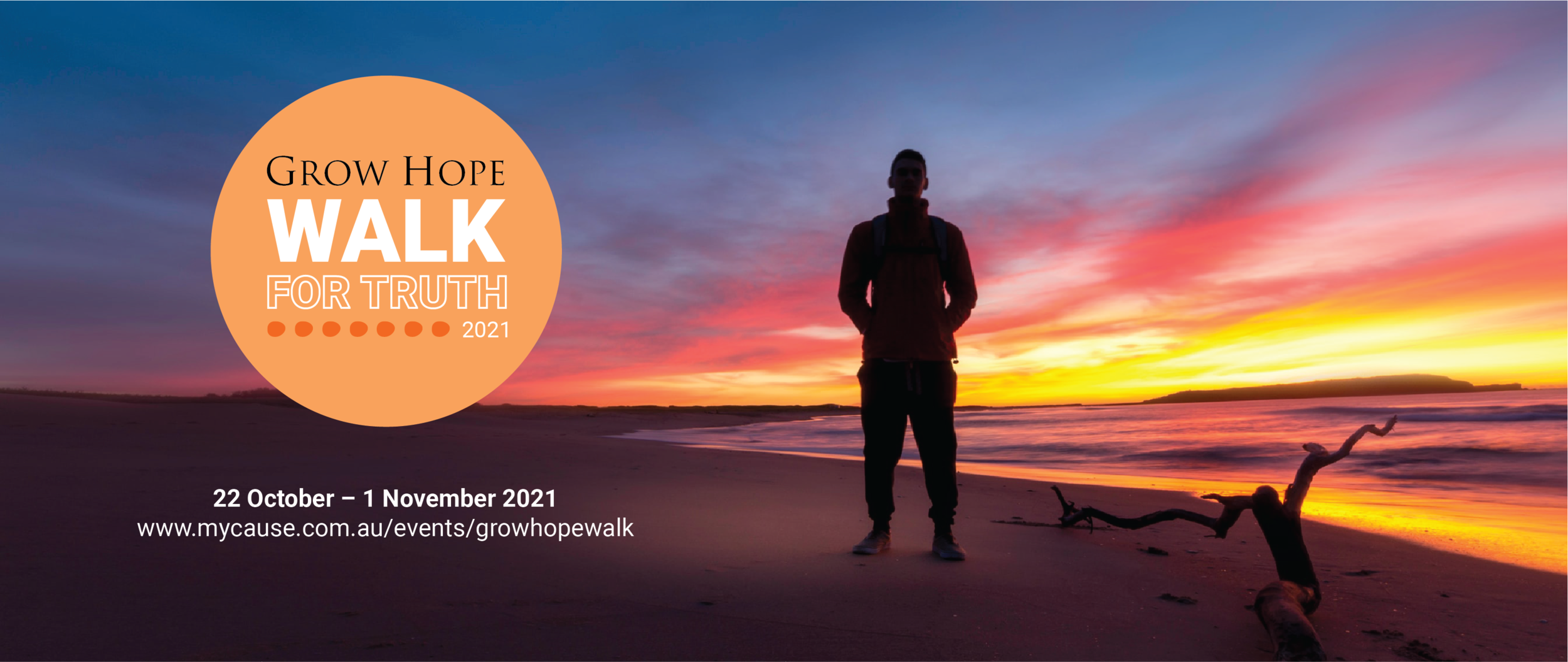Aboriginal studies in the Australian classroom is too often a frivolous and sometimes even uncomfortable, ‘box-ticker’ activity enforced by the curriculum. And while this is a systemic issue that exposes the many multidimensional problems underpinning Australian education and culture, ultimately it comes down to a deep misunderstanding. So, in an attempt to edge us further away from confusion and closer to connection, this article aims to highlight the importance of dance as a means of building respect and knowledge in the classroom.
In western culture, dance is mostly seen as feminine and is used primarily as a sport for enjoyment (if not overrun by competitive parents). However, the use of dance in Aboriginal culture is far more complex. As written in the Narragunnawali Resource Guide:
“...dancers often use subtle yet stylised symbolic movement to support the telling of stories, including those carried through Songlines—traditional musical narratives which serve as an Aboriginal ‘voice map’ of Country, conveying important journeys made during the Dreaming. In this way, and akin to traditional belief systems, dance customs have tended to embrace an intricate human, geographic and spiritual interrelationship.”
Dance is therefore so much more than a sport and this can be difficult to understand if you are coming from a very Westernised mindset. In Indigenous Australian culture, the body movements are not just movements. They are symbolic representations of a complex interrelationship between land, mind, body and spirit. They pass down knowledge and evoke feeling within the dancer and the audience watching. And it is this knowledge and feeling intertwined and expressed through dance, story, song, ceremony and other sacred practices that is what kept Aboriginal culture thriving for more than 60,000 years, allowing them to become the oldest continuous indigenous culture in the world.
So then the issue arises; how can we cleanly cut such a spiritual practice, wrap it in plastic, dot point it on the curriculum and expect Australian teachers (with no prior connection to culture) to deliver it out to their kids in a single session? The short answer, we can’t. And we shouldn’t be.
But here’s what we can do.
Ask for help. Dance is often associated with specific places and dance grounds are often sacred places. Consequently, cultural authority and authenticity are very important. Asking for help and guidance to both understand and respect the protocols around who is allowed to participate, view and teach dance is crucial. Protocols can be based on seasons, age, gender or even the size of the classroom. Contact your local Indigenous community and make connections with cultural education facilitators, like Wanyara, for guidance. Or even organise a dance session run by those who are qualified and appropriate to teach true Aboriginal dance.
Get kids moving. Using movement as a learning and memory tool, while utilised in Aboriginal culture for millennia, is only just being discovered by Western science today. Originally, Western medicine believed that we were born with a certain number of brain cells and that was it. But new research has proven we can actually build new brain cells and connections (called neurogenesis) and we can do it through moving our bodies, especially dance. In Michael Kuczala’s Ted Talk, “The Kinaesthetic Classroom”, Michael explains that learning happens “from the feet up” and it is the chemicals released by physical movement which stimulate centres in our brain, helping us become more alert and hence able to form and keep new neural connections. So, therefore, movement can be used in the classroom to aid memory formation and learning for any subject. Get kids up and moving during break times, create your own dances to help kids remember the processes you need to teach. This way any teacher can use an Indigenous system, proven successful by western science, in the classroom at any time across any subject.
Teach Respect. While it may be inappropriate for non-Indigenous educators to teach Indigenous dance, they can still teach kids to deeply respect the practice. If you are using kinetic learning in class, explain its roots in Aboriginal culture and allow kids to see where the origins of this way of learning came from. This will help to generate greater respect in the classroom for the culture itself as teachers and students alike, are applying it in a useful way today, generating the belief that culture isn't just history, it’s current and has so much to offer. Because if teachers themselves are highlighting the cultural importance and sacredness of dance, speaking about it from a place of appreciation and care, it sets the expectation that kids will do the same. Maybe they will grow up with a completely different perspective on how the physical body connects with the brain and how much there is to learn from connecting with Indigenous culture. It is this perspective shift within the classroom, instilling respect and curiosity rather than ignorance, that will ultimately lead to the greatest changes within modern Australian culture.
Links:
Narragunnawali Resource Guide: https://www.narragunnawali.org.au/storage/media/page/e2453e696f0a4aa182143931be194fd8.pdf
The Kinetic Classroom: https://www.youtube.com/watch?v=41gtxgDfY4s
Book a dance session with Wanyara https://www.wanyara.com.au/dance

























